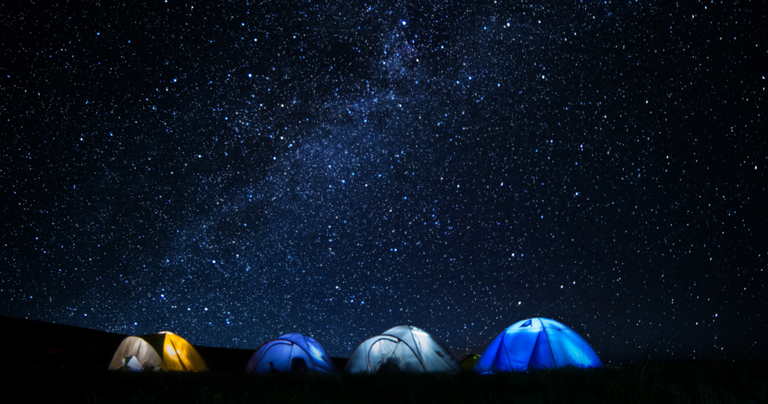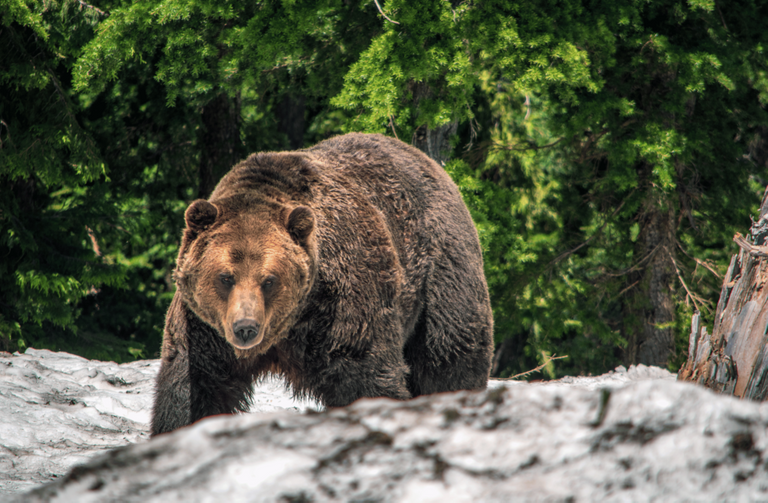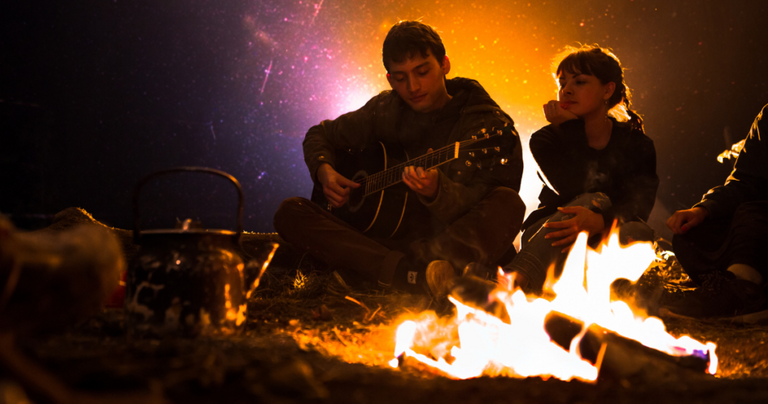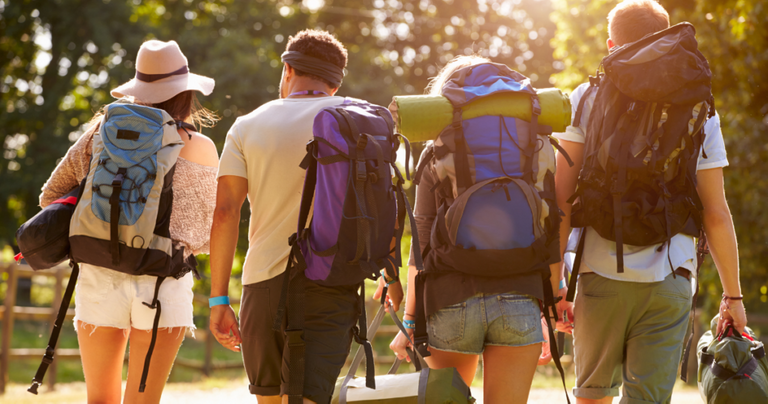
Overnight camping can be an adventure in itself. Whether rafting down a white-water river, snorkeling in the ocean, or hiking in the mountains, when night falls a warm meal and a place to rest offer a welcome respite from the activities of the day.
With the night stars as a ceiling and the howls of the coyotes in the background, a night spent away from the comforts of home can be as refreshing and rewarding as the day's activities.
Preparing for a Successful Overnight Camping Trip

A little preparation goes a long way for a successful overnight camping trip
The best way to enjoy a night spent under the stars is to be prepared - Campwagen style. The first step in setting up camp requires finding the natural advantages of a location. It is preferable to use existing sites when possible.
This will save the land from new campfire and clearing scars. The camper should try to anticipate the unexpected and plan for any dangers such as high winds or floods. The following questions should be asked prior to selecting the site:
- Is there an established site?
- Is the site close to water?
- Will the site provide shelter?
- Is the land flat?
- Is the area protected; could it flood?
- Are there any dead trees next to the camp site?
- Is the site aesthetically pleasing?
- Does the site offer privacy and interesting scenery?
Setting Up the Tent
The tent site should be located upwind from the fireplace, and if possible the back of the tent should be positioned on the wind side. Facing the door toward the rising sun can make the mornings more pleasant, and it will dry the tent and gear better.Sticks and stones are cleared from the tent site, but leaves, pine needles, or humus should remain in place. They serve as a cushion and improve drainage. The tent is pitched on a waterproof ground cloth or a plastic groundsheet which is perfect to enjoy your overnight camping.
This tent floor combined with a foam pad will protect the bed from moisture. On dry days a sleeping bag should be unrolled as early as possible to restore it to its original loft. On rainy days the bag should remain in its sack so that it will not absorb the moisture in the air.
Overnight Camping in Bear Country

The dining area may be centrally located if bears are not a threat. If they are, it should be located about forty or fifty yards away and downwind from the camp.
In bear country the hiker/camper should watch the trail ahead and on both sides; stop and listen every 5 minutes when walking or hiking; talk or sing quietly; avoid carcasses; carry only dried or freeze-dried foods; eat in one spot and clean up any food that spills; avoid packing any smelly foods; when fires are permitted, burn any leftovers, food containers, etc.; seal food and garbage in plastic bags and suspend them at least 12 feet above the ground, 5 to 10 feet from the tree trunk, and 5 feet below the limb from which they hang; avoid areas obviously used by bears; pick a good campsite; pitch the tent at least 150 feet upwind from the cooking area; place the tent door near climbable trees; stay calm in a confrontation; retreat slowly.
If a bear approaches, move slowly downhill (the bear cannot move as quickly downhill), look for a tree, and climb as high as possible; if it is impossible to climb, play dead with your arms clasped tightly behind your neck and lying face down with your legs pressed together.
If the bear rolls you around, stay curled, do not struggle or cry out. The best bet is to quietly stand fast and wish for luck. Sometimes grizzlies will hop-charge, advancing only a few yards. If the grizzly chooses to ignore your presence or does not see you, retreat slowly.
Bears are unpredictable and there are no hard and fast rules. To tell a grizzly from a black bear, do not depend on color. Grizzlies can be any color from almost black to white. Black bears are jet black to brown to cinnamon or even blond.
The grizzly's fur is grizzled and brown and has longer, silver-tipped guard hairs causing an often mixed or silver-tipped, collared appearance Their faces are concave or dished. Grizzly bears stand 6 to 8 feet high, and their claws are enormously long.
They have a humped muscle over their shoulders. Black bears have fairly straight muzzles and Roman noses. Their heads are small in proportion to their bodies. They stand 5 to 6 feet high with claws that are not as noticeable.
An old tale about how to tell a grizzly from a black bear is to "sneak up behind it, kick it, then run up a tree. If the bear knocks the tree over and eats you, it's a grizzly. If it climbs up the tree and eats you, it's a black bear,".
Campfire Safety Tips

Never leave a campfire unattended and always make sure it is completely extinguished before leaving the campsite
An overnight campfire is not essential if the camp is laid out properly. The United States Department of Agriculture recommends that if campfires are needed:
- Campfires should be built away from hanging branches, inclines, stumps or logs in a state of decay, and dry foliage.
- Place wood a distance from the heat of the fire, and remove litter, duff, and or other burnable materials within a 10-foot-wide circle of the campfire to avoid accidental spreading.
- Water should be handy to prevent any spread to surrounding areas.
- A bed of glowing coals or small fire gives off a good amount of heat for cooking. Afterwards the campfire must be put out with water, making sure that all sticks, coals, and embers are wet. Shift rocks, making certain that there are no embers underneath.
- The area should be stirred and water added until all material is cool enough to be touched. If no water is available, dirt should be used.
Breaking Down Camp and Returning Home

After returning home the sleeping bag should be aired and any wet gear dried.
Breaking camp from overnight camping calls for a reverse order of tasks. The first step is to properly extinguish the campfire, making sure that all embers, coals, and sticks are wet and the fire is completely cold. Extra firewood should be scattered and not left in a pile.
The tent should be taken down and all personal gear should be packed and organized. Before leaving, the area should be checked to make sure it is clean and natural-looking. All trash should be properly disposed of and any disruptions to the natural surroundings should be minimized.
By following these steps, campers can leave a positive impact on the environment and ensure that the campsite is ready for the next group of adventurers.
Posted from my blog with Exxp : https://thefishingadvice.com/from-tent-to-fire-essential-steps-for-overnight-camping/